Home>Health & Lifestyle>Mindfulness & Relaxation Spaces>What Is An Essential Oil Diffuser Used For
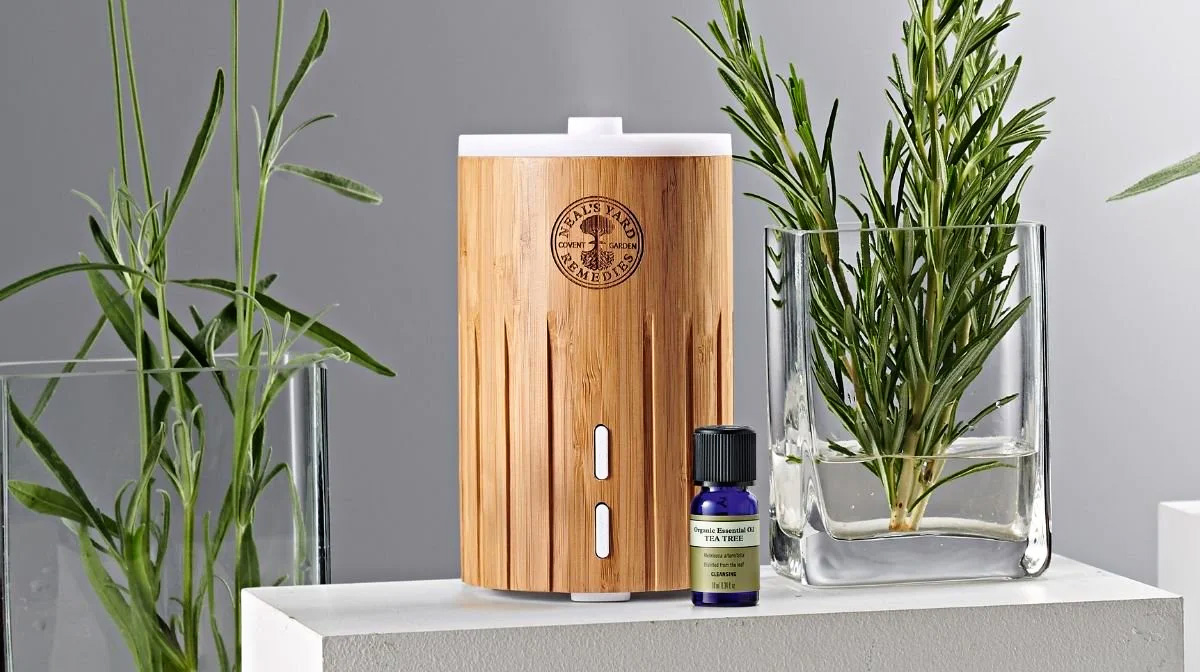

Mindfulness & Relaxation Spaces
What Is An Essential Oil Diffuser Used For
Modified: January 5, 2024
Discover the benefits of using an essential oil diffuser for creating mindfulness and relaxation spaces. Enhance your well-being and transform your environment with the power of aromatherapy. Unlock the potential of essential oils today!
(Many of the links in this article redirect to a specific reviewed product. Your purchase of these products through affiliate links helps to generate commission for Storables.com, at no extra cost. Learn more)
Introduction
In today's fast-paced world, finding moments of tranquility and relaxation is becoming increasingly valuable. Many individuals are seeking natural and holistic methods to create a peaceful and rejuvenating environment within their homes or workspaces. Essential oil diffusers have emerged as popular tools for achieving this goal, offering a blend of aromatic therapy and visual elegance.
The use of essential oil diffusers is deeply rooted in ancient practices that harness the therapeutic properties of botanical essences. These devices have gained widespread attention for their ability to disperse the enchanting fragrances of essential oils, creating an atmosphere conducive to mindfulness, relaxation, and overall well-being.
As we delve into the realm of essential oil diffusers, we will explore their mechanisms, benefits, and various types. Additionally, we will discuss the safe and effective utilization of these devices, emphasizing the importance of mindfulness and relaxation in today's hectic world. Join us on this enlightening journey as we uncover the transformative potential of essential oil diffusers.
Key Takeaways:
- Essential oil diffusers create a tranquil atmosphere by dispersing natural fragrances, promoting relaxation, stress reduction, and overall well-being through the power of aromatherapy.
- Different types of essential oil diffusers offer unique features, allowing individuals to customize their aromatic experience to suit their wellness goals and lifestyle preferences.
Read more: How To Use Urpower Essential Oil Diffuser
What Are Essential Oil Diffusers?
Essential oil diffusers are ingenious devices designed to disperse aromatic molecules of essential oils into the air, creating a tranquil and inviting ambiance. These diffusers serve as a conduit for the therapeutic benefits of essential oils, allowing individuals to experience their soothing and rejuvenating properties.
At their core, essential oil diffusers are vessels that contain water and a few drops of essential oil. Through various mechanisms, they disperse a fine mist or vapor infused with the aromatic essence of the oils, filling the surrounding space with delightful fragrances. This process not only imparts a pleasant aroma but also facilitates the inhalation of the oils, enabling their potential therapeutic effects to take hold.
Essential oil diffusers are more than mere air fresheners; they are vehicles for holistic well-being. By harnessing the power of nature's botanical essences, these devices offer a sensory journey that can uplift the spirit, calm the mind, and create an atmosphere conducive to mindfulness and relaxation.
It is important to note that essential oil diffusers are not a newfangled trend; rather, they are a modern manifestation of age-old practices that have been revered for their ability to promote harmony and balance. As such, they have found a place in a wide array of settings, including homes, offices, spas, and wellness centers, where their enchanting aromas and therapeutic potential are embraced.
How Do Essential Oil Diffusers Work?
Essential oil diffusers operate on the principle of dispersing microscopic particles of essential oils into the air, creating an aromatic and therapeutic atmosphere. There are several types of diffusers, each employing distinct mechanisms to achieve this purpose.
Ultrasonic diffusers, for example, utilize ultrasonic vibrations to agitate the water and essential oil mixture, breaking it into fine particles that are released as a mist into the air. This gentle process maintains the integrity of the essential oils, ensuring that their therapeutic properties remain intact.
Nebulizing diffusers, on the other hand, do not require water. Instead, they atomize pure essential oils, dispersing them in a concentrated form. This method preserves the potency of the oils and provides a more intense aroma, making it ideal for therapeutic purposes.
Another type, the heat diffuser, utilizes heat to evaporate the essential oils, releasing their aroma into the air. While this method is effective, it may compromise the therapeutic benefits of the oils due to the potential alteration of their chemical composition.
Evaporative diffusers function by allowing air to pass over a pad or filter containing the essential oils, causing them to evaporate and disperse into the surrounding environment. This method is simple and affordable, though it may not be as efficient as other types of diffusers.
Regardless of the specific mechanism, the ultimate goal of essential oil diffusers is to create an olfactory experience that promotes relaxation, mental clarity, and emotional well-being. By harnessing the natural properties of essential oils and dispersing them into the air, these devices offer a sensory journey that can uplift the spirit and enhance the overall ambiance of any space.
Benefits of Using Essential Oil Diffusers
Using essential oil diffusers offers a myriad of benefits that extend beyond simply emitting pleasant aromas. These devices have the potential to positively impact physical, mental, and emotional well-being, making them valuable additions to any environment.
1. Aromatherapy: Essential oil diffusers facilitate aromatherapy, a practice that harnesses the natural fragrance of essential oils to promote relaxation, alleviate stress, and enhance mood. The inhalation of these aromatic molecules can have a profound effect on one’s emotional state, fostering a sense of calm and tranquility.
2. Air Purification: Many essential oils possess antimicrobial properties that can help purify the air by neutralizing airborne pathogens and impurities. Diffusing oils such as tea tree, eucalyptus, or lavender can contribute to a cleaner and fresher indoor environment.
3. Respiratory Support: Certain essential oils, such as eucalyptus and peppermint, are known for their potential to support respiratory health. When diffused, these oils can help clear the airways and promote easier breathing, particularly during times of congestion or seasonal discomfort.
4. Stress Reduction: The soothing aromas released by essential oil diffusers can aid in stress reduction, offering a natural and gentle way to unwind after a long day. Scents like lavender, chamomile, and bergamot are renowned for their calming effects, promoting relaxation and mental clarity.
5. Mood Enhancement: Essential oils have the ability to influence mood and emotions. Diffusing uplifting oils such as citrus blends or peppermint can create an invigorating and cheerful atmosphere, fostering a positive outlook and boosting overall mood.
6. Sleep Support: Certain essential oils, such as lavender and cedarwood, are revered for their ability to promote restful sleep. By diffusing these oils in the bedroom, individuals may experience improved sleep quality and a deeper sense of relaxation.
These benefits underscore the multifaceted nature of essential oil diffusers, offering a holistic approach to well-being that encompasses the senses and the mind. By incorporating these devices into daily routines, individuals can cultivate environments that promote relaxation, rejuvenation, and a heightened sense of harmony.
An essential oil diffuser is used to disperse the aroma and therapeutic properties of essential oils into the air, promoting relaxation, improving air quality, and providing various health benefits.
Different Types of Essential Oil Diffusers
Essential oil diffusers come in various types, each with its unique features and mechanisms for dispersing aromatic molecules into the air. Understanding the distinctions between these diffusers can help individuals select the most suitable option for their specific needs and preferences.
1. Ultrasonic Diffusers: These diffusers use ultrasonic vibrations to disperse a fine mist of water and essential oils into the air. They are known for their quiet operation and ability to maintain the integrity of the oils’ therapeutic properties.
2. Nebulizing Diffusers: Nebulizing diffusers do not require water and instead disperse pure essential oils in a concentrated form. They are ideal for those seeking intense aromatherapy and potent therapeutic benefits.
3. Heat Diffusers: Heat diffusers utilize warmth to evaporate essential oils, releasing their aroma into the surrounding space. While effective, this method may alter the chemical composition of the oils and diminish their therapeutic potential.
4. Evaporative Diffusers: These diffusers allow air to pass over a pad or filter containing essential oils, causing the oils to evaporate and disperse. While simple and affordable, they may not be as efficient as other types of diffusers.
5. Reed Diffusers: Reed diffusers consist of reed sticks placed in a container of essential oils and a carrier liquid. The oils travel up the reeds and disperse into the air, providing a subtle and constant fragrance in a space.
6. Candle Diffusers: Candle diffusers use the heat of a candle to evaporate essential oils, diffusing their aroma into the air. While they create a pleasant ambiance, they may not be as effective for therapeutic purposes.
Each type of essential oil diffuser offers distinct advantages and considerations, allowing individuals to tailor their aromatic experience to their preferences and the ambiance they wish to create. By exploring the characteristics of each type, individuals can make informed decisions when selecting a diffuser that aligns with their wellness goals and lifestyle.
How to Use an Essential Oil Diffuser
Using an essential oil diffuser is a straightforward yet transformative practice that can elevate the atmosphere of any space. By following a few simple steps, individuals can maximize the benefits of their diffuser and create an inviting environment infused with delightful aromas.
1. Selecting the Essential Oils: Begin by choosing essential oils that align with the desired ambiance or therapeutic effects. Whether aiming for relaxation, mental clarity, or respiratory support, selecting the appropriate oils is crucial to achieving the intended outcome.
2. Adding Water and Oils: Most diffusers require a combination of water and essential oils. Refer to the manufacturer’s instructions to determine the recommended ratio of water to essential oils. Typically, a few drops of essential oil are added to the water reservoir of the diffuser.
3. Turning on the Diffuser: After adding water and essential oils, secure the components of the diffuser and plug it into a power source. Follow the specific instructions for your diffuser model to activate the device and initiate the diffusion process.
4. Adjusting Settings: Depending on the type of diffuser, there may be settings to control the intensity of the mist or the duration of diffusion. Experiment with these settings to achieve the desired level of aroma diffusion and ambiance in the space.
5. Placement and Environment: Position the diffuser in a central location within the space, ensuring that the aromatic mist can disperse evenly. Consider factors such as room size, ventilation, and the presence of individuals or pets when determining the ideal placement of the diffuser.
6. Regular Maintenance: To ensure optimal performance and longevity of the diffuser, it is essential to clean and maintain it regularly. Follow the manufacturer’s guidelines for cleaning and upkeep, which may include rinsing the water reservoir and wiping the internal components.
By following these simple steps, individuals can harness the transformative potential of essential oil diffusers, infusing their surroundings with captivating aromas and the therapeutic properties of essential oils. Whether seeking relaxation, invigoration, or simply a pleasant ambiance, the art of using an essential oil diffuser can enrich daily experiences and promote a sense of well-being.
Safety Precautions When Using Essential Oil Diffusers
While essential oil diffusers offer a host of benefits, it is important to observe safety precautions to ensure their proper and safe usage. By adhering to these guidelines, individuals can enjoy the aromatic and therapeutic effects of essential oils while prioritizing their well-being and that of others in the vicinity.
1. Dilution and Dosage: When adding essential oils to a diffuser, it is crucial to follow recommended dilution guidelines. Using undiluted essential oils or exceeding recommended dosages can lead to sensitization or adverse reactions, particularly for individuals with allergies or sensitivities.
2. Pet and Child Safety: Exercise caution when diffusing essential oils in spaces frequented by pets or young children. Some essential oils can be toxic to animals, and certain oils may not be suitable for children. Research pet- and child-friendly oils, and ensure proper ventilation in the area where the diffuser is used.
3. Ventilation: Adequate ventilation is essential when using essential oil diffusers. Ensure that the space in which the diffuser is operating is well-ventilated to prevent the accumulation of excessive concentrations of aromatic molecules, which may cause discomfort or irritation to individuals in the vicinity.
4. Allergies and Sensitivities: Be mindful of the potential for allergic reactions or sensitivities to specific essential oils. If individuals in the environment have known sensitivities or respiratory conditions, select oils that are unlikely to trigger adverse reactions and monitor the diffusion to ensure it is well-tolerated.
5. Maintenance and Cleaning: Regularly clean and maintain the essential oil diffuser according to the manufacturer’s recommendations. This helps prevent the buildup of mold, bacteria, or residue, which can compromise air quality and the efficacy of the diffuser.
6. Fire Safety: If using heat-based diffusers or candle diffusers, exercise caution to prevent fire hazards. Keep these diffusers away from flammable materials, and never leave them unattended while in operation.
By observing these safety precautions, individuals can enjoy the benefits of essential oil diffusers while mitigating potential risks and ensuring a safe and harmonious aromatic experience. Prioritizing safety and mindfulness when using these devices contributes to a nurturing and tranquil environment that promotes overall well-being.
Conclusion
Essential oil diffusers offer a captivating and holistic approach to enhancing the ambiance of any space, infusing it with delightful aromas and the therapeutic properties of natural botanical essences. As we have explored the world of essential oil diffusers, it becomes evident that these devices hold the potential to transform environments into havens of relaxation, mindfulness, and rejuvenation.
By harnessing the power of essential oils and the art of diffusion, individuals can create personalized sensory experiences that cater to their well-being and preferences. Whether seeking to alleviate stress, promote mental clarity, or simply immerse oneself in enchanting fragrances, essential oil diffusers provide a versatile and accessible means to achieve these objectives.
Moreover, the diverse types of diffusers available cater to various lifestyles and preferences, allowing individuals to select the most suitable option for their aromatic journey. From ultrasonic diffusers to nebulizing diffusers, each type offers unique features that contribute to the overall diffusion experience.
As we embrace the transformative potential of essential oil diffusers, it is essential to prioritize safety, mindfulness, and consideration for others when utilizing these devices. By adhering to safety precautions and mindful usage, individuals can fully enjoy the benefits of essential oil diffusion while fostering a harmonious and nurturing environment.
In a world filled with hustle and bustle, essential oil diffusers stand as beacons of tranquility, offering a respite from the chaos and a pathway to inner peace. Through their enchanting aromas and therapeutic effects, these devices invite us to pause, breathe, and immerse ourselves in moments of serenity and self-care.
As we conclude this exploration, it is evident that essential oil diffusers transcend mere air freshening; they are gateways to mindfulness, relaxation, and the art of savoring the present moment. Embracing the aromatic journey facilitated by these devices, we invite a sense of calm and balance into our lives, nurturing our well-being and enriching our daily experiences.
Frequently Asked Questions about What Is An Essential Oil Diffuser Used For
Was this page helpful?
At Storables.com, we guarantee accurate and reliable information. Our content, validated by Expert Board Contributors, is crafted following stringent Editorial Policies. We're committed to providing you with well-researched, expert-backed insights for all your informational needs.
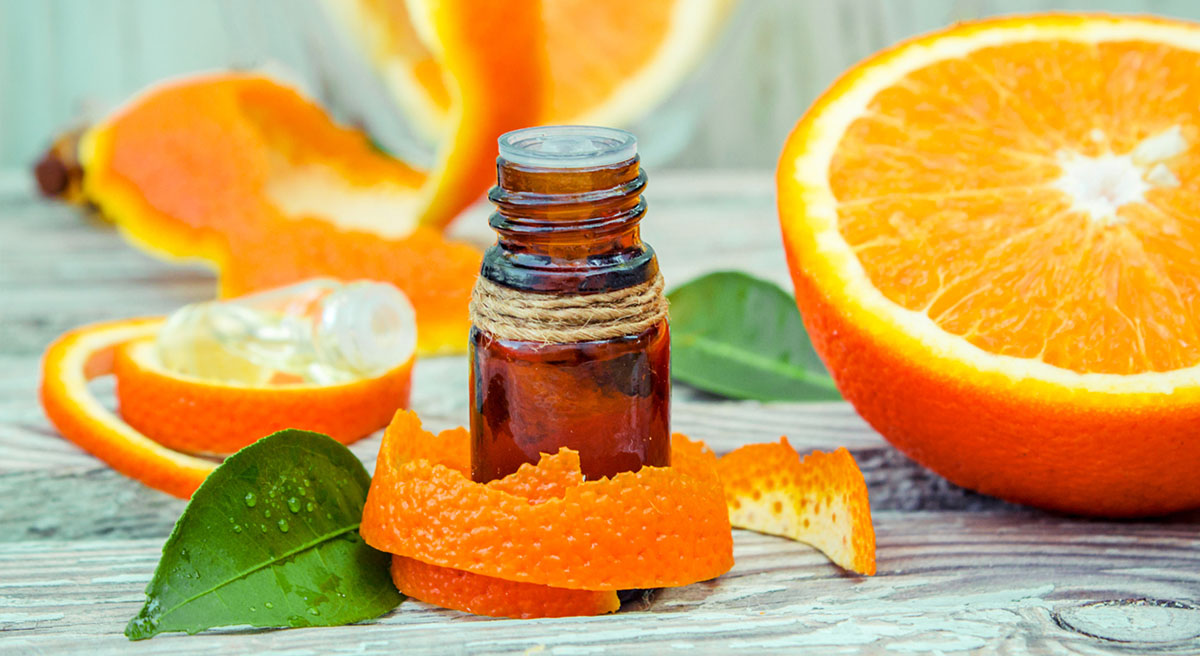
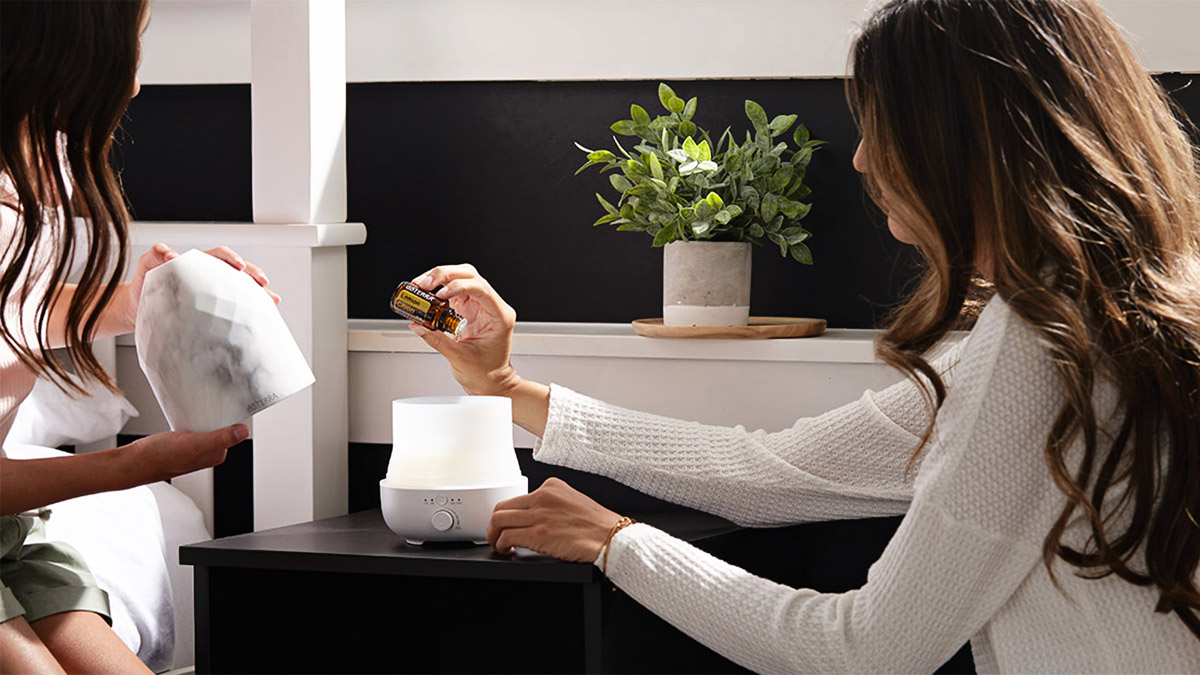
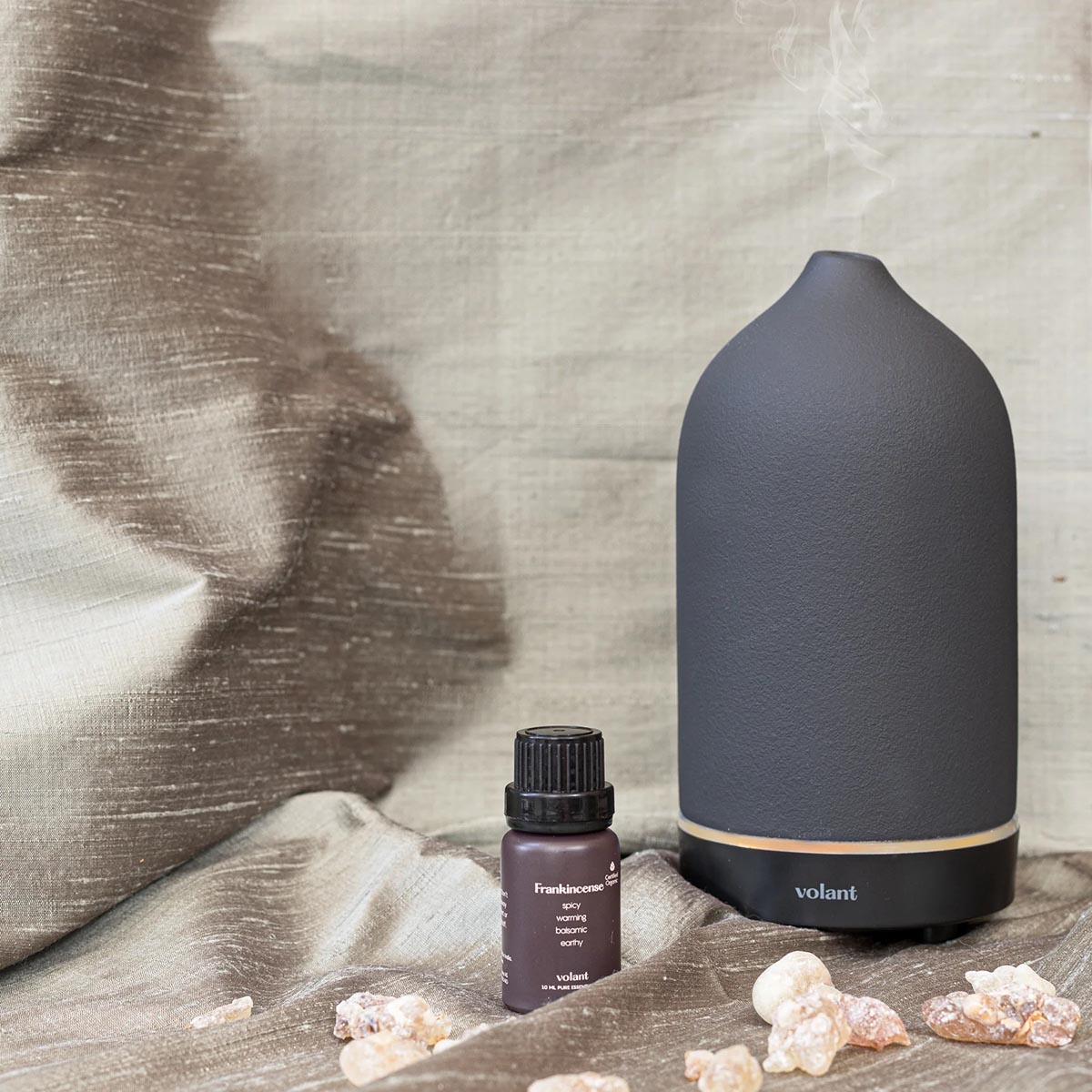
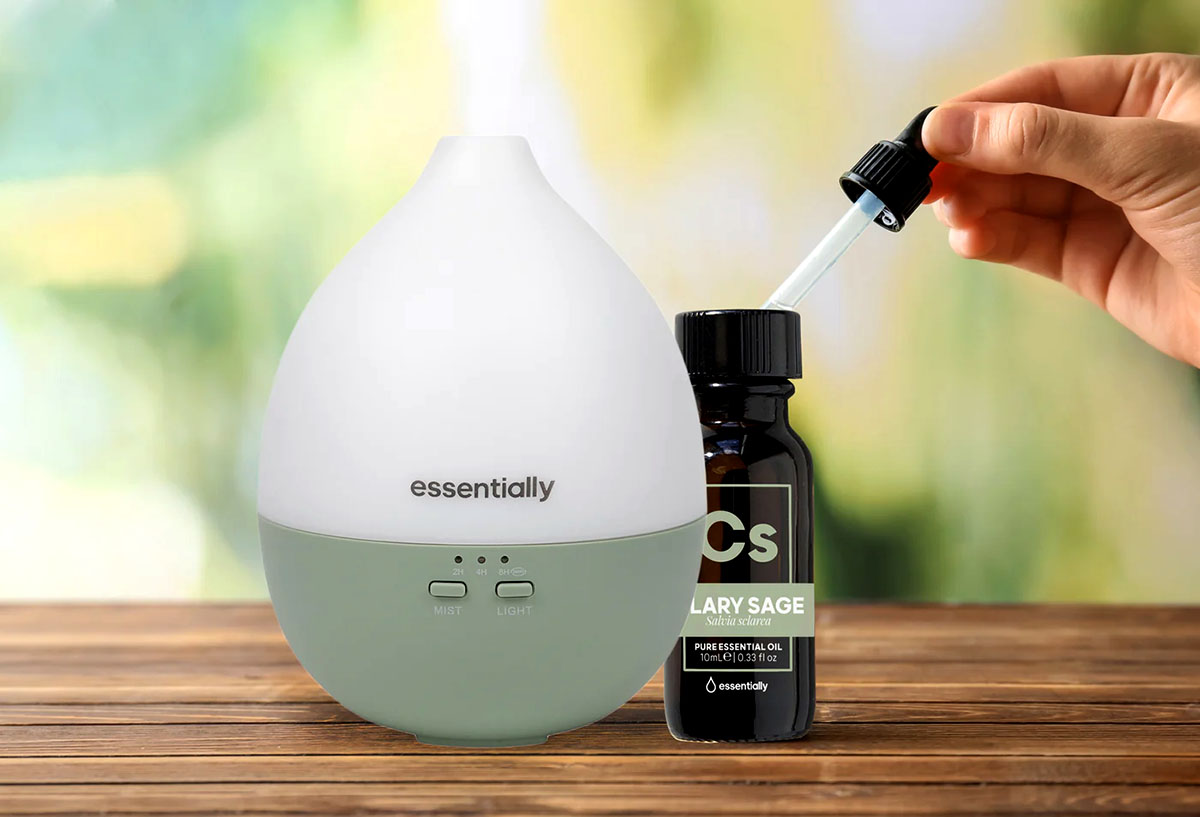
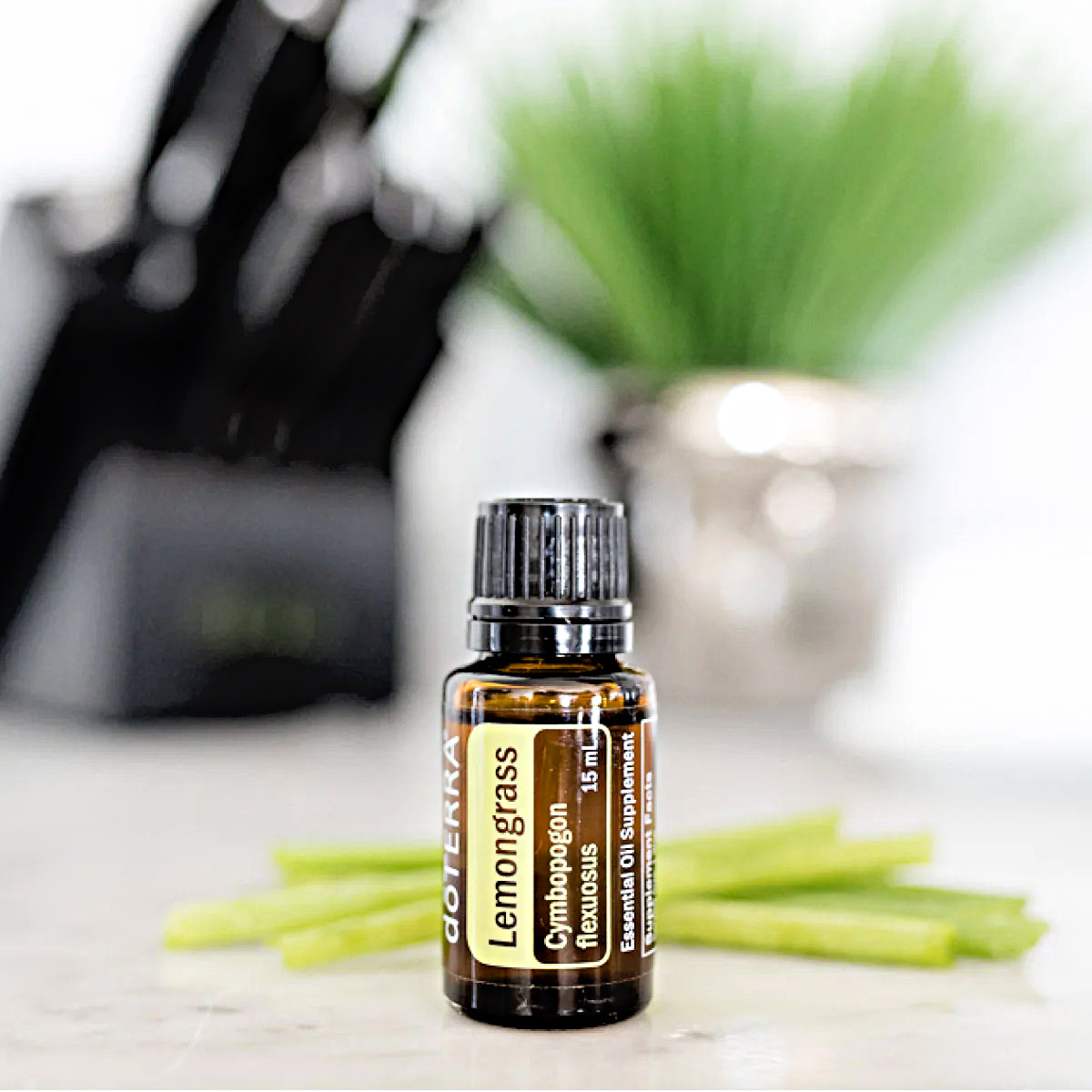
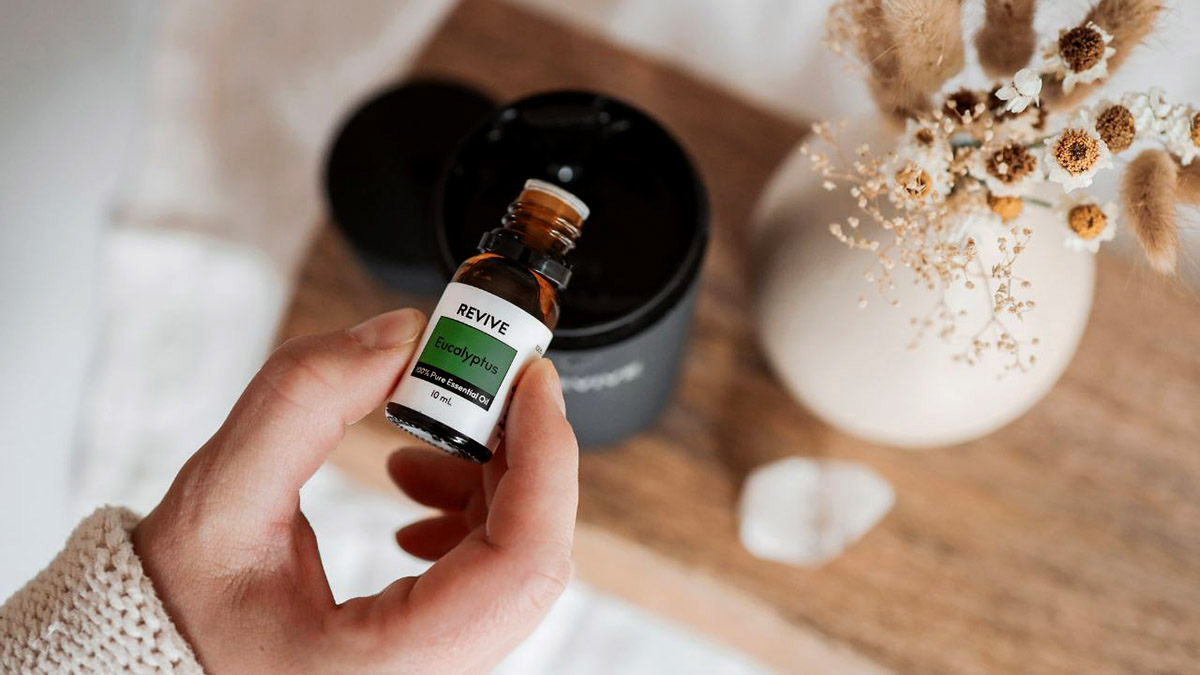
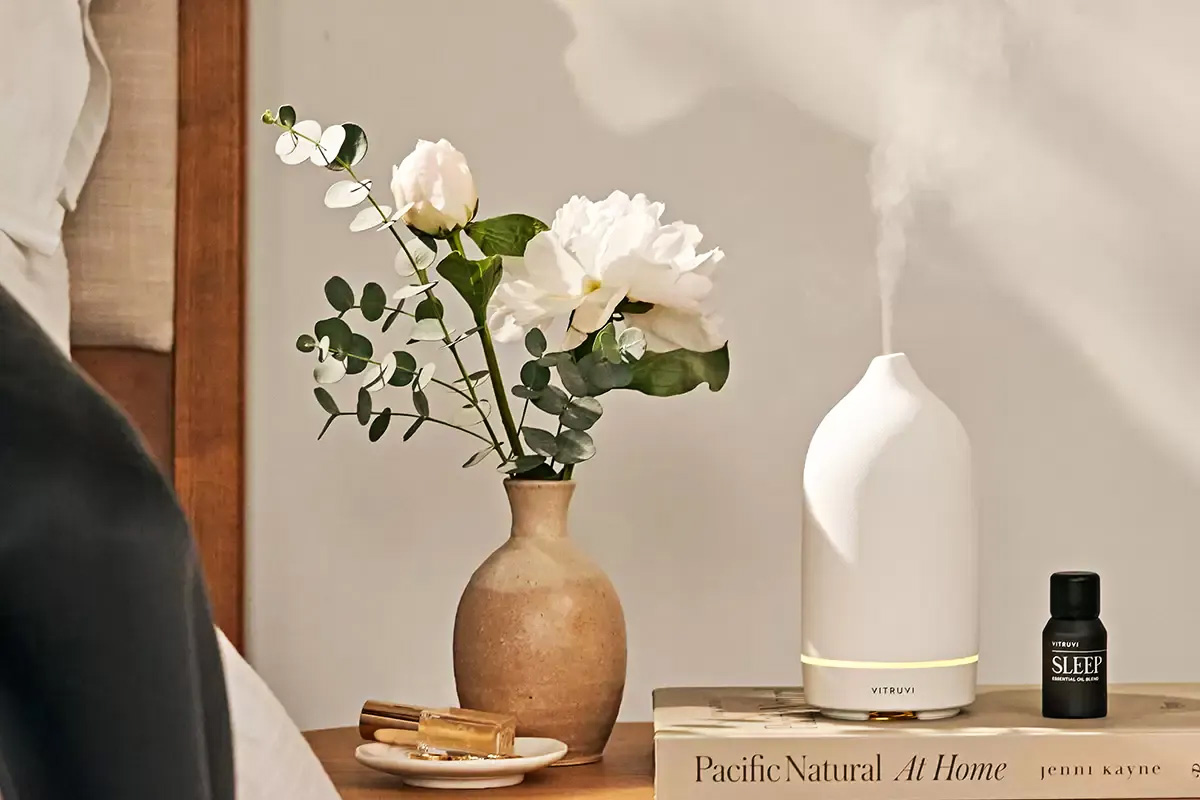
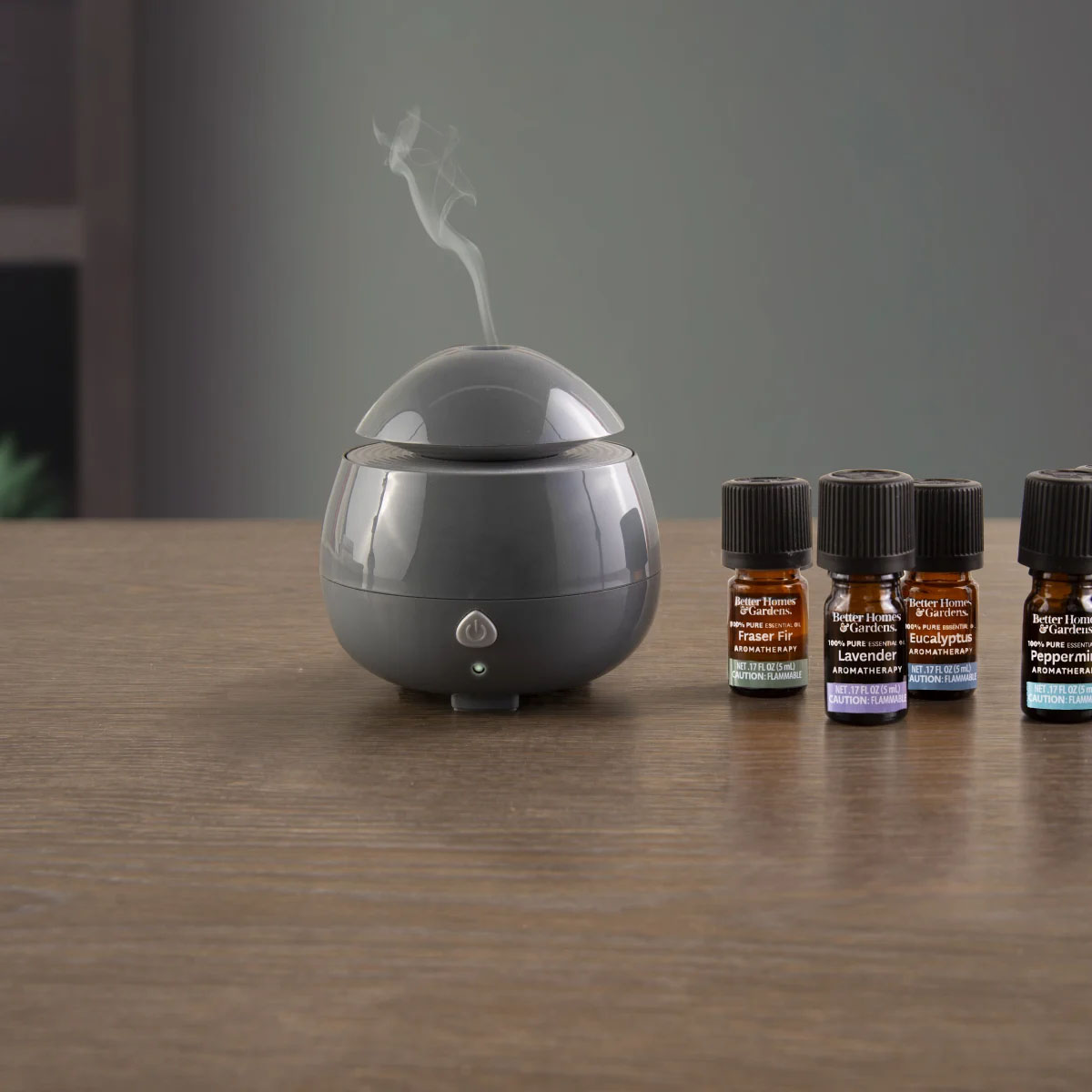
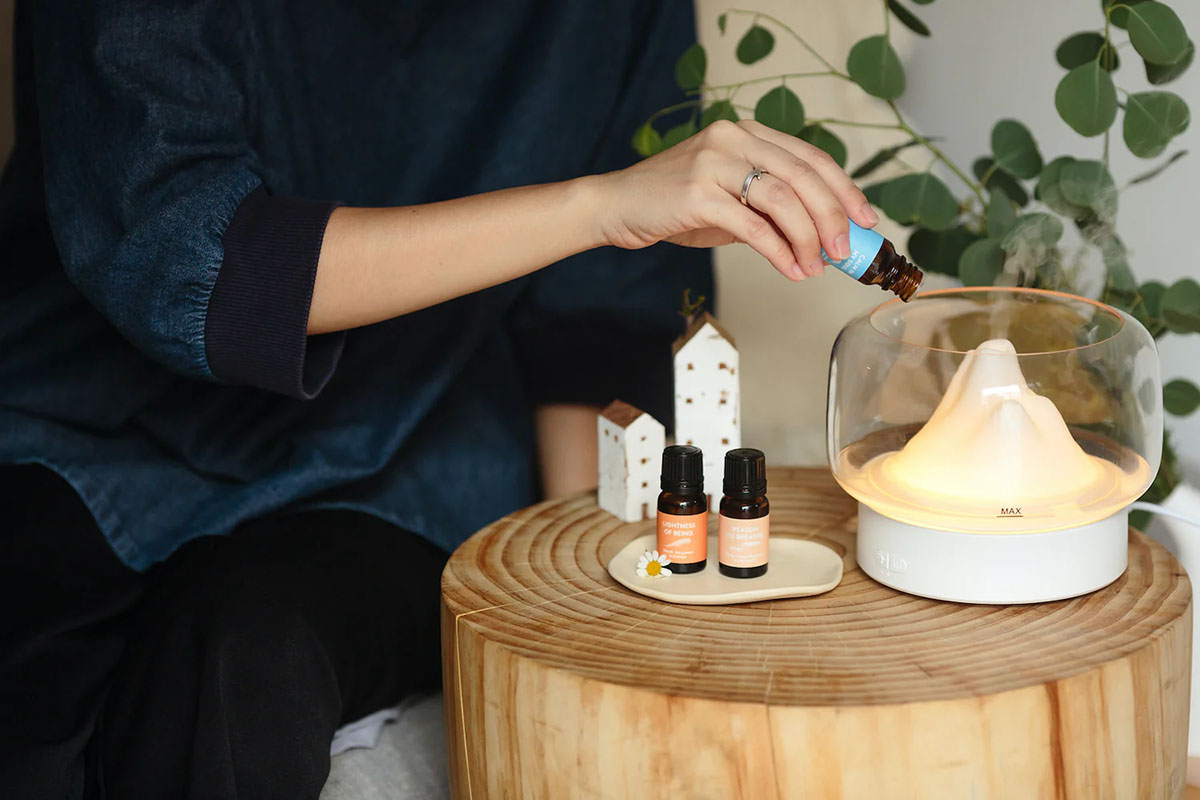
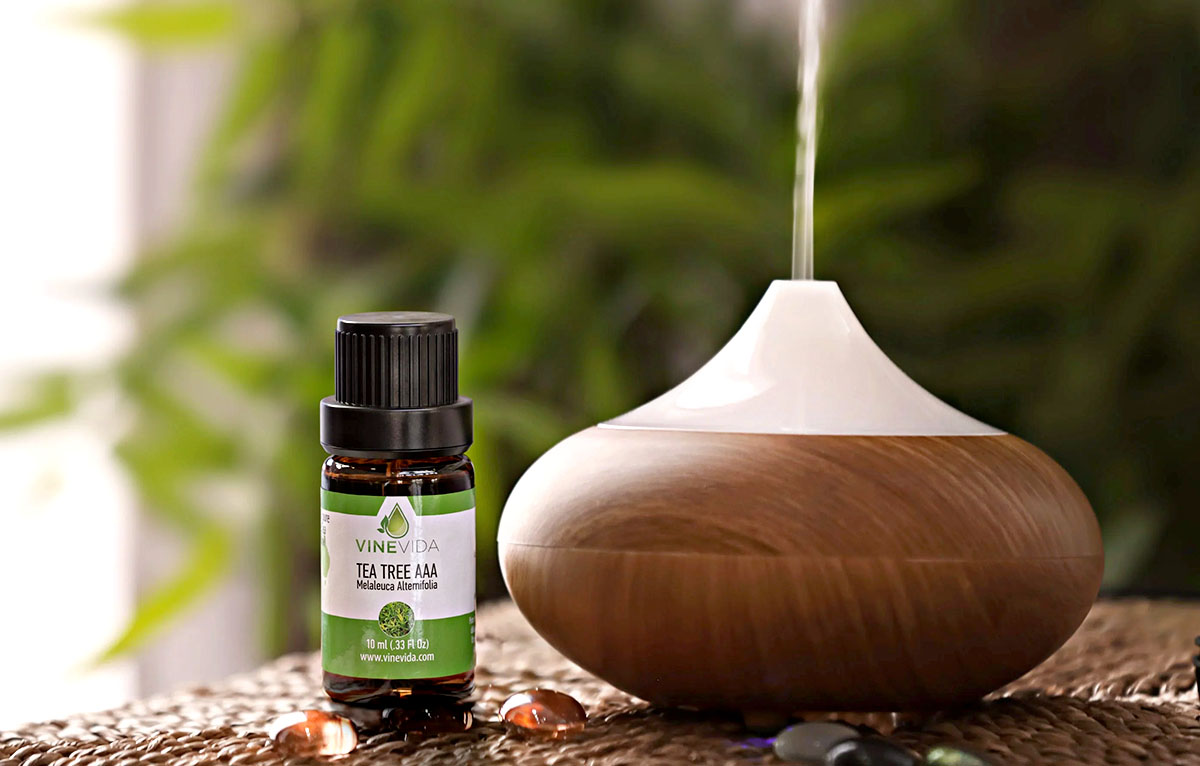
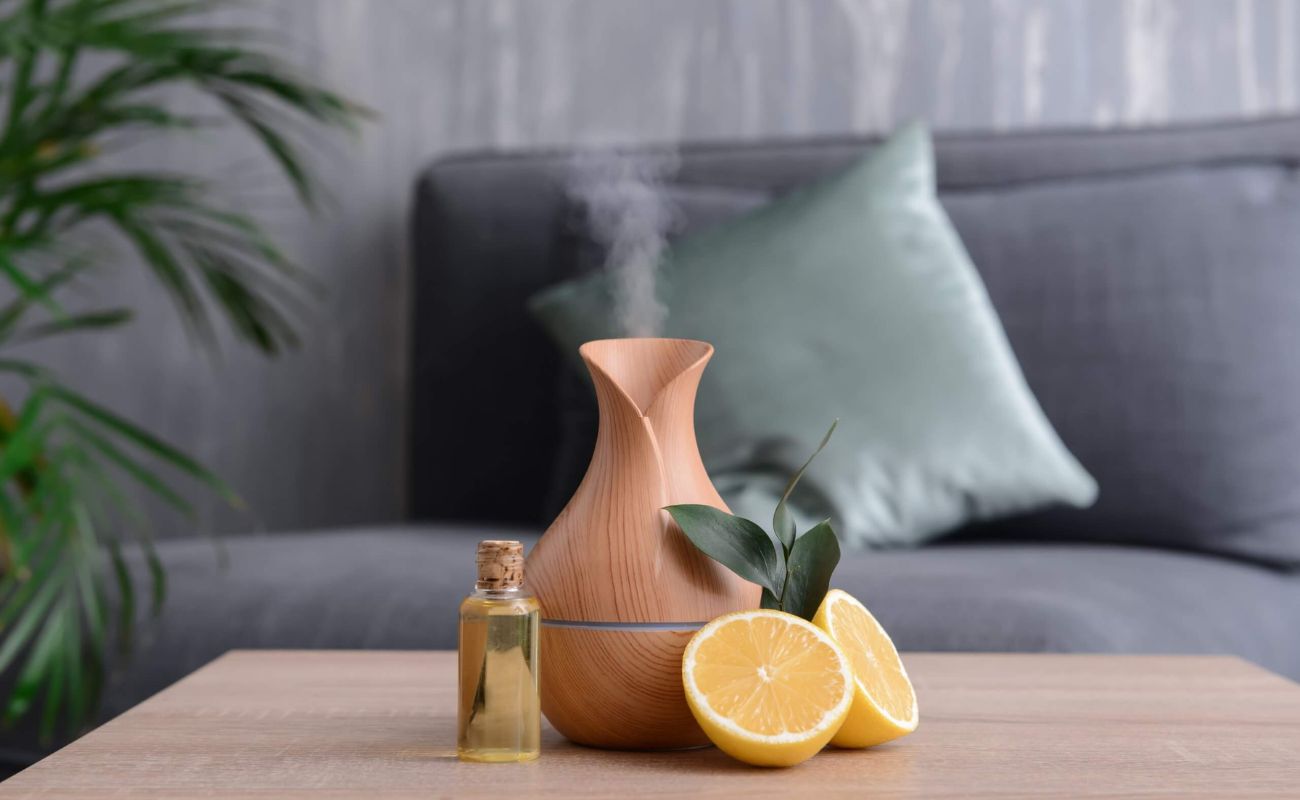
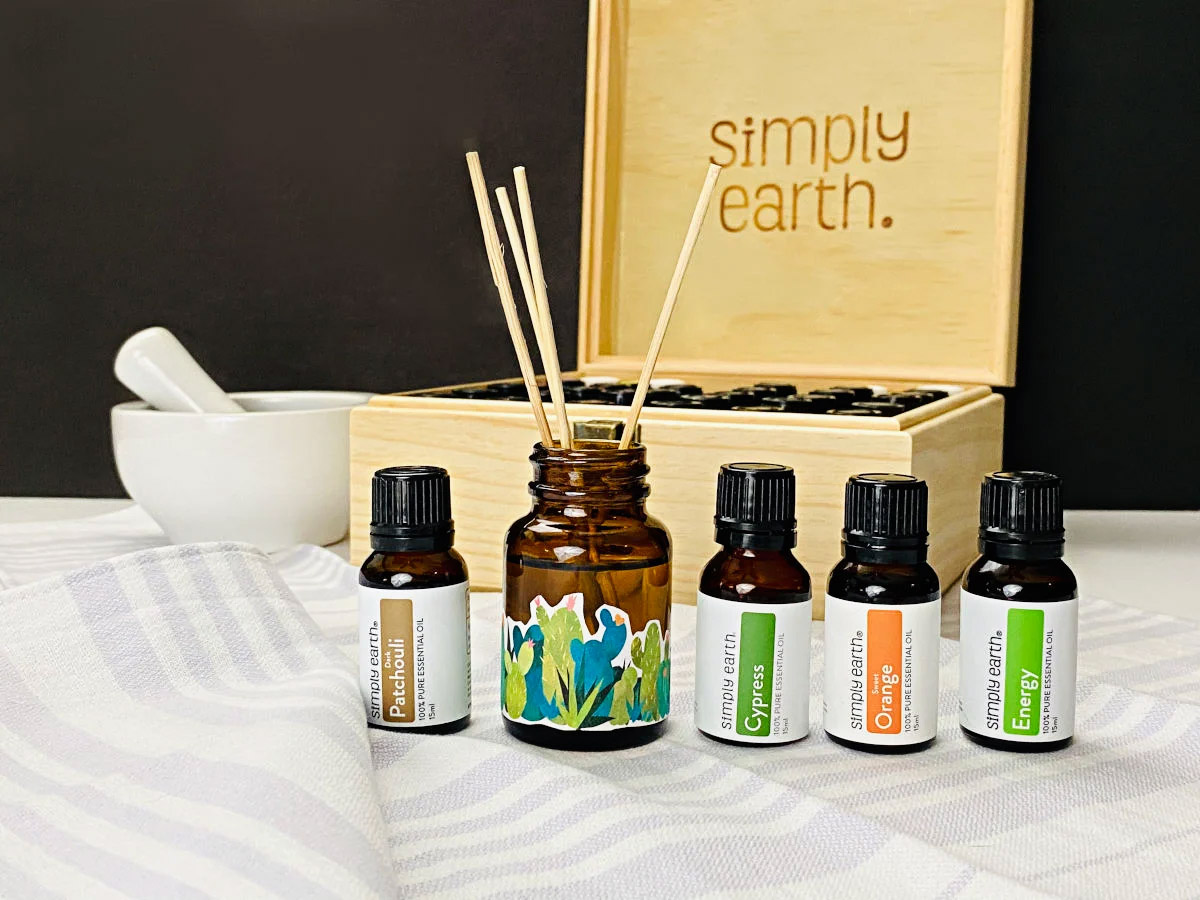
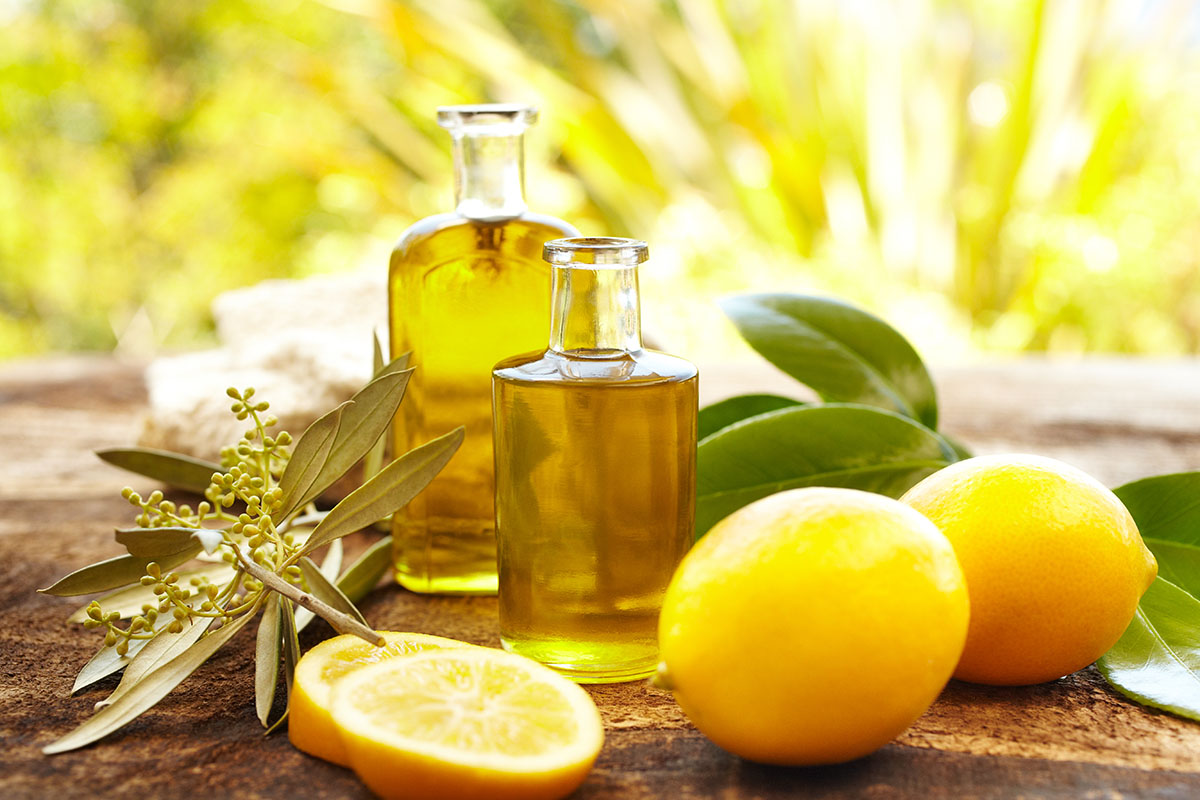
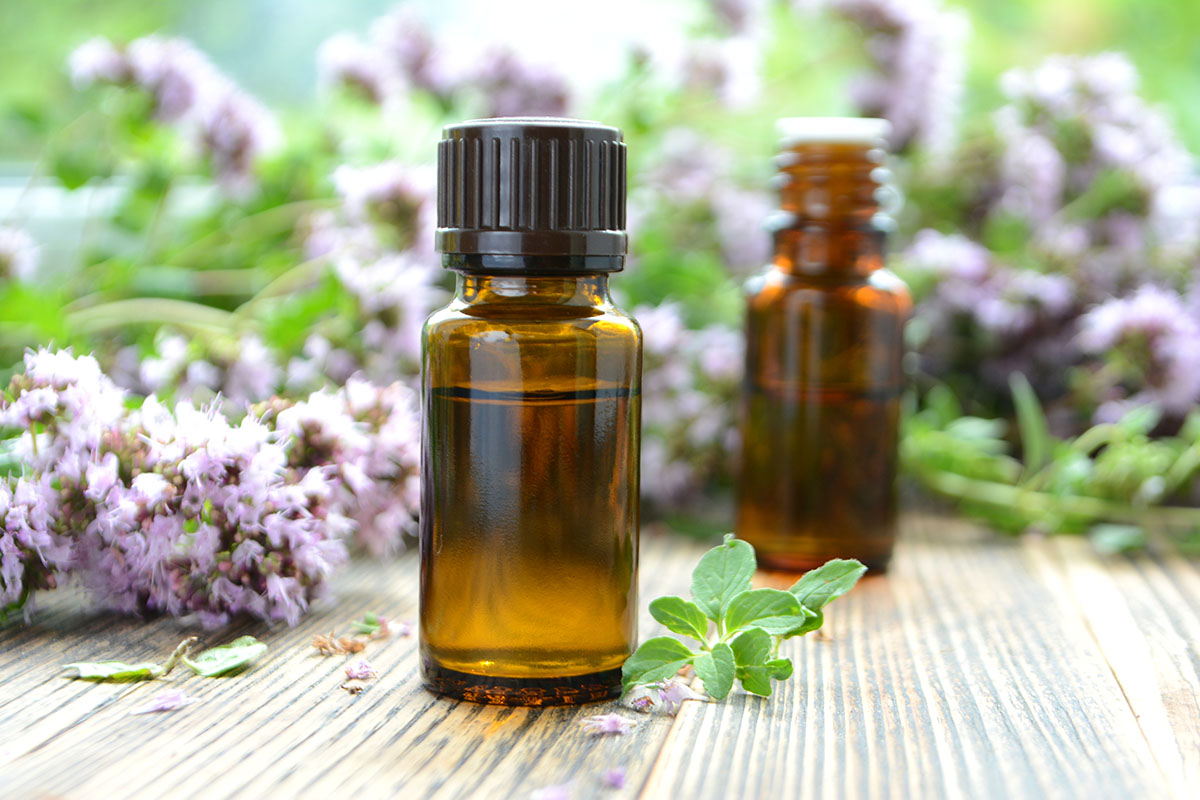

0 thoughts on “What Is An Essential Oil Diffuser Used For”